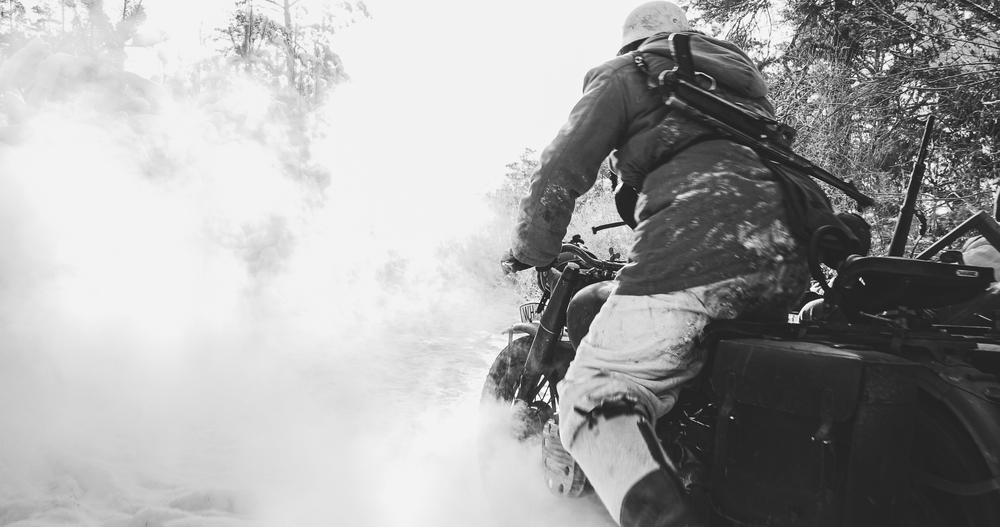Russian forces have started deploying soldiers on motorcycles to break through Ukrainian defenses.
Others are reading now
Motorcycles have played a role in military operations for decades.
From World War II to modern conflicts, armed forces have used them for reconnaissance, rapid assaults, and communication between units.
Their speed and maneuverability make them useful in rugged terrain where heavier vehicles struggle.
In today’s battlefield, technology has changed the nature of war, but some traditional tactics are still in use.
Also read
Left Behind by Soldiers
Russian forces have started deploying soldiers on motorcycles to break through Ukrainian defenses in Donetsk, according to Colonel Serhii Osaciuk of Ukraine’s border troops.
He reported that one such assault took place on Saturday near the town of Siversk, where Ukrainian-controlled drones intercepted the advancing motorcycles.
To move quickly across the battlefield, Russian troops are frequently using lightweight motorcycles.
Ukrainian forces have countered this tactic by deploying FPV drones, which can reach higher speeds and strike with precision.
Images from the front line show abandoned motorcycles, often destroyed, left behind by fallen soldiers.
These drone attacks are not limited to motorcycles, according to Digi24.
Ukrainian forces are also targeting Russian armored personnel carriers, infantry fighting vehicles, and tanks.
Osaciuk described how drones have become a key tool in monitoring and striking enemy movement, reducing the effectiveness of Russian assaults.
Both Russian and Ukrainian forces closely monitor movement along the front lines.
Surveillance drones patrol the battlefield, identifying soldiers and military vehicles for artillery strikes or drone attacks.
Osaciuk stated that every movement is tracked, making it nearly impossible for either side to advance undetected.
Russian ground troops attempting to approach Ukrainian defensive lines face significant challenges.
Soldiers often have to walk for miles, covering distances of three to eight kilometers, before reaching their targets.
During this time, they are exposed to Ukrainian drone strikes. Osaciuk noted that Russian forces now advance in small groups, using terrain features for cover.
In some cases, soldiers dig into frozen ground and wait until they can gather enough troops for an attack.


